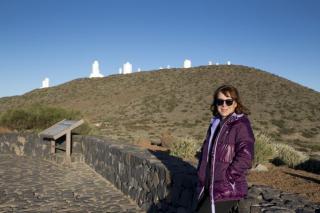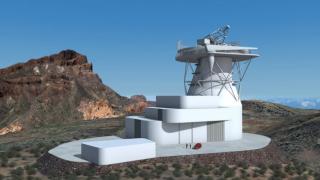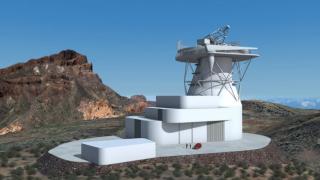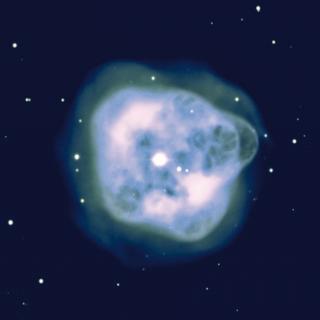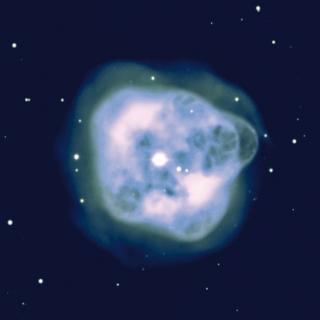
La escritora finalizó hoy su estancia en las Islas en el marco del proyecto transversal “En un lugar del Universo…”, emocionada y sorprendida por la ventana al descubrimiento que le ha abierto esta experiencia, tras visitar el IAC, los Observatorios de Canarias y el Museo de la Ciencia y el Cosmos.
Advertised on
